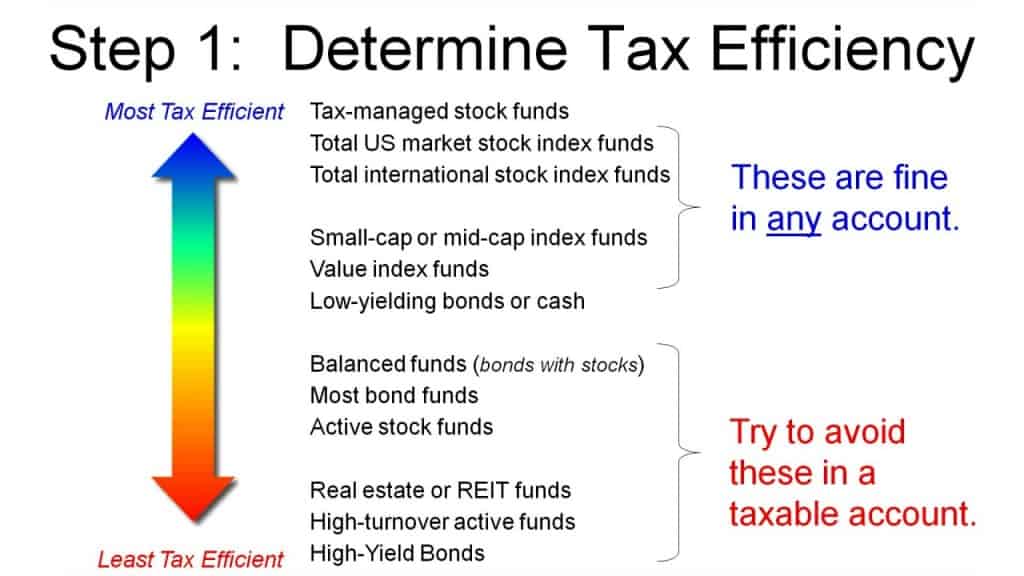Tax-Efficient Investing Minimizing Taxes On Your Investments
If there’s one thing I love more than cheese pizza, it’s saving money. And if you’re like me, you’ll do anything to save a penny or two. So listen up, porque hoy vamos a hablar de Rule #8: Use tax-advantaged accounts.

But before we get into that, let’s start from the beginning. Because let’s be honest, nobody was born with this knowledge. So, what the heck is a tax-advantaged account?
Definition
A tax-advantaged account is basically a type of account that allows you to save money on taxes. There are a few different types, but we’ll stick to the basics for now.
The most common types are:
- 401(k) plans
- Traditional IRAs
- Roth IRAs
Each of these accounts has its own rules and regulations, but they all have one thing in common: they provide tax benefits.
How to
Now that we’ve covered the basics, let’s talk about how to take advantage of these accounts. First things first, you need to figure out which account is right for you. Your employer may offer a 401(k) plan, which is a great option if it’s available. If not, you can look into opening an IRA on your own.
Once you’ve decided which account to use, you’ll need to contribute money to it. This is where the tax benefits come in. When you contribute money to a tax-advantaged account, you’ll get a tax break. This means that you’ll pay less in taxes now, which will save you money in the long run.
But wait, there’s more! The money in your tax-advantaged account will grow tax-free. That’s right, you won’t pay taxes on any of the earnings until you withdraw the money in retirement. This means that your money will have more time to grow and compound, which will result in more money for you in the end.
The key is to start early and contribute as much as you can. Even a small amount each month can add up over time.
Tips
Now that you know the basics, here are a few tips to help you maximize your tax-advantaged accounts:
- Contribute at least enough to get the employer match (if available)
- Max out your contributions each year (if possible)
- Consider a Roth IRA if you expect your tax rate to be higher in retirement
So there you have it, folks. Rule #8: Use tax-advantaged accounts. It’s not the most exciting thing in the world, but trust me, your future self will thank you.
Now if you’ll excuse me, I need to go find some more ways to save money. Maybe I’ll start with the ol’ “bring your lunch to work” trick. Who knows, maybe I’ll even splurge and buy some homemade bread to go with my cheese pizza. The possibilities are endless.


Post a Comment for "Tax-Efficient Investing Minimizing Taxes On Your Investments"